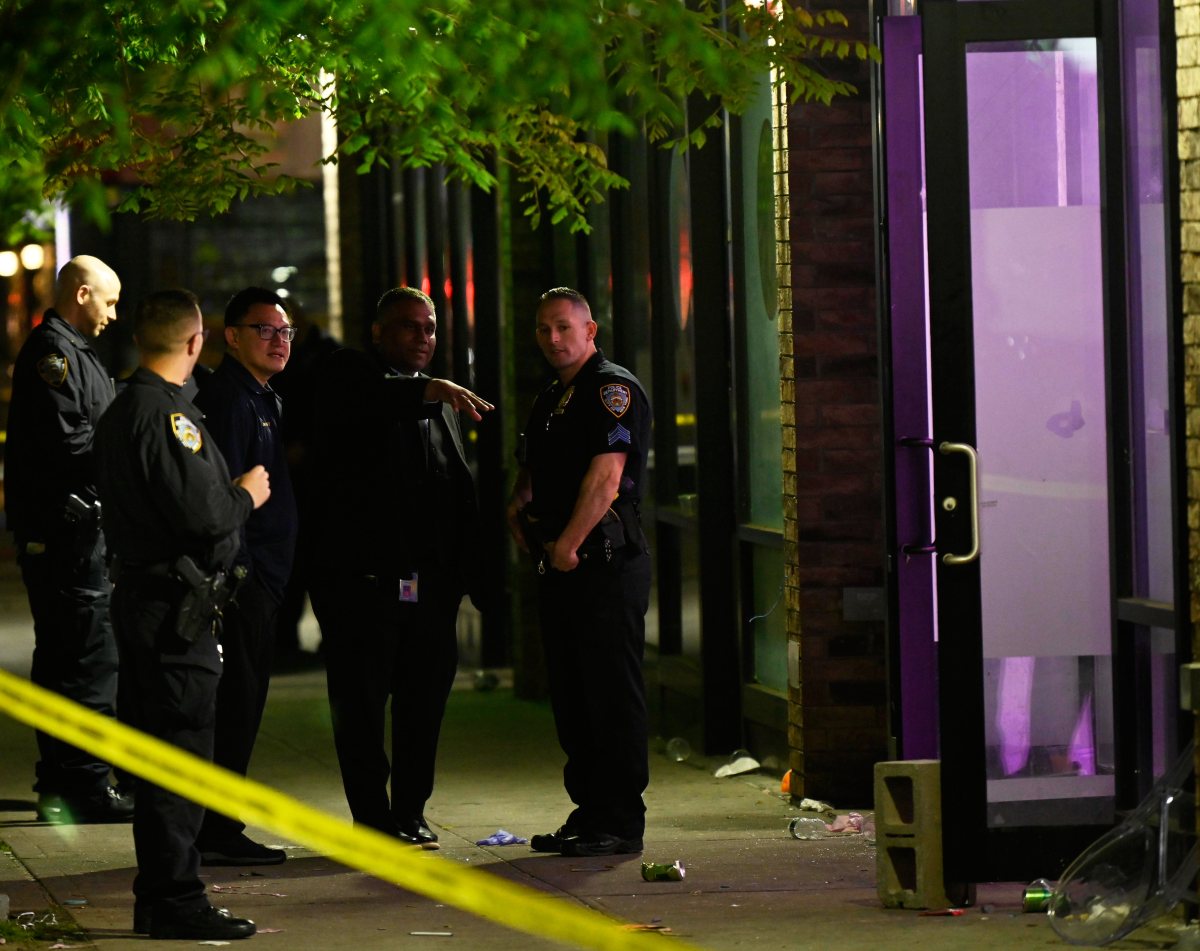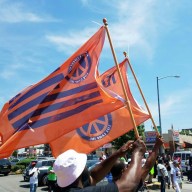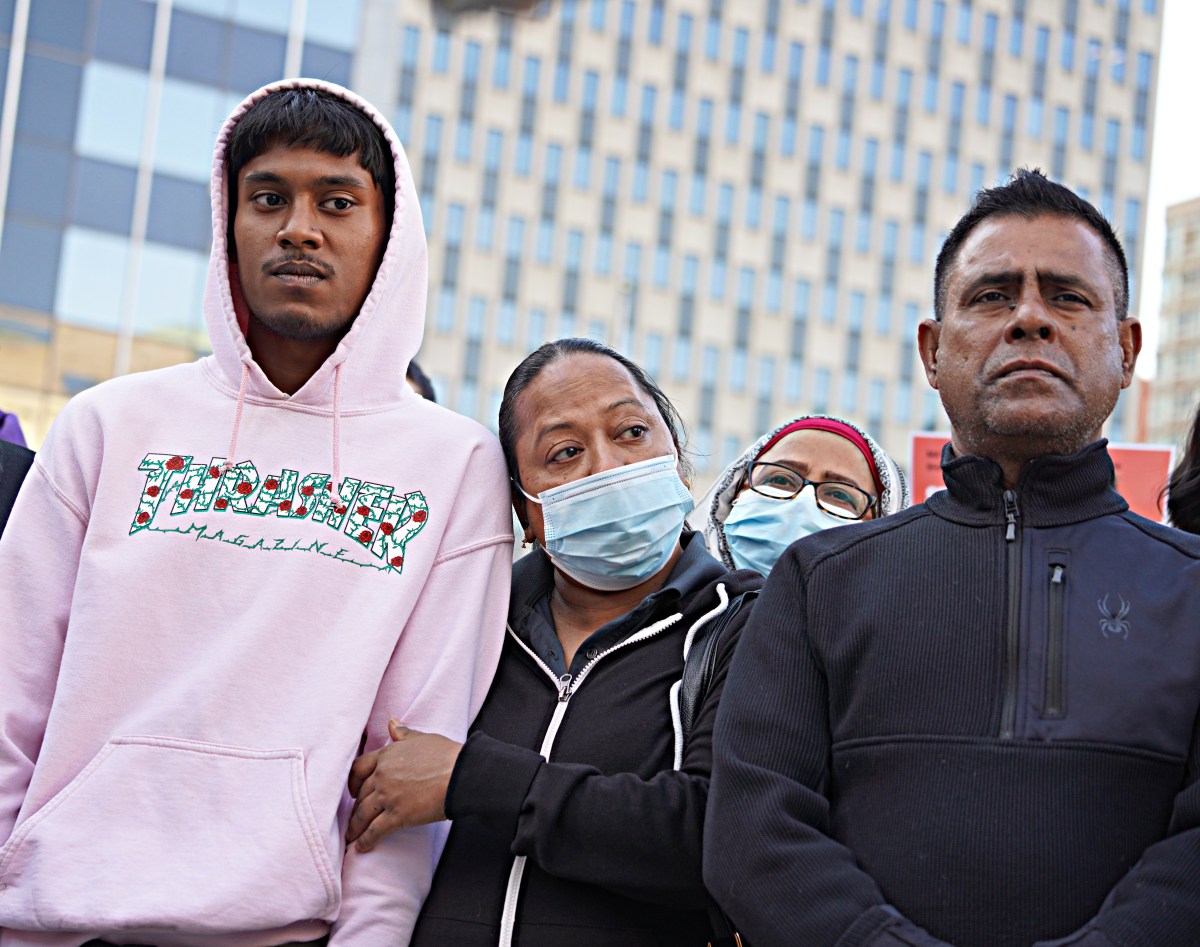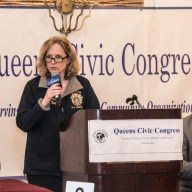By Philip Newman
The Metropolitan Transportation Authority, after nearly two years of delays, has announced Sept. 13 as the opening date of the new station that will permit the No.7 train to travel all the way from Flushing to Manhattan’s far west side.
The transit agency also reported that it had begun efforts to relieve worsening crowding and delays on the No. 7 line.
Michael Horodniceanu, MTA president of Capital Construction, said the new subway station was basically finished and that testing and inspections were going on.
The new station at 11th Avenue and 34th Street cost some $2.4 billion. Work on the project began at the end of 2007.
The extension of the No.7 will bring straphangers beyond Times Square to the Hudson Yards, a rapidly developing area of Manhattan near the Javits Center.
One factor in the delays has been a problem with installation of the diagonal elevators, which were especially manufactured for the project, the MTA said.
The MTA has also been in the process of doing something to relieve crowding on the heavily traveled No. 7 subway. The agency has given preliminary approval of $205.8 million for installation of Communications Based Train Control on the No. 7 line in an effort to ease crowding and delays.
“CBTC allows New York City Transit to operate more trains per hour, thereby increasing passenger capacity, providing improved and more reliable service and making more efficient use of the track and car fleet,” the MTA said.
The MTA said CBTC will be installed on local and express tracks serving the E, F and R lines north of the Kew Gardens/Union Turnpike E, F station to north of the 50th Street-Rockefeller Center station on the F and M lines and south of the 50th Street C and E station.
“The Communications Based Train Control signaling system is a vital part of our plan to address issues of overcrowding, record ridership and service delays,” said MTA Chairman Thomas Prendergast.
“CBTC represents the MTA’s efforts to bring advanced technology to a century-old subway system that, in some parts, has not been updated in decades,” Prendergast said.
“Once we’re done installing CBTC on the No. 7 line, those customers will also benefit from similarly improved and increased service and the Queens Boulevard project is a continuation of our efforts to make these improvements systemwide,” he said.






























